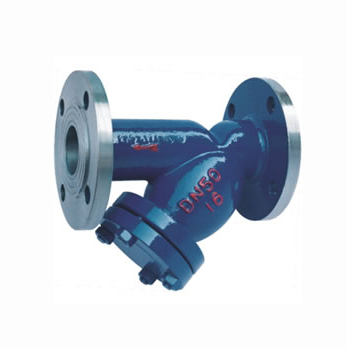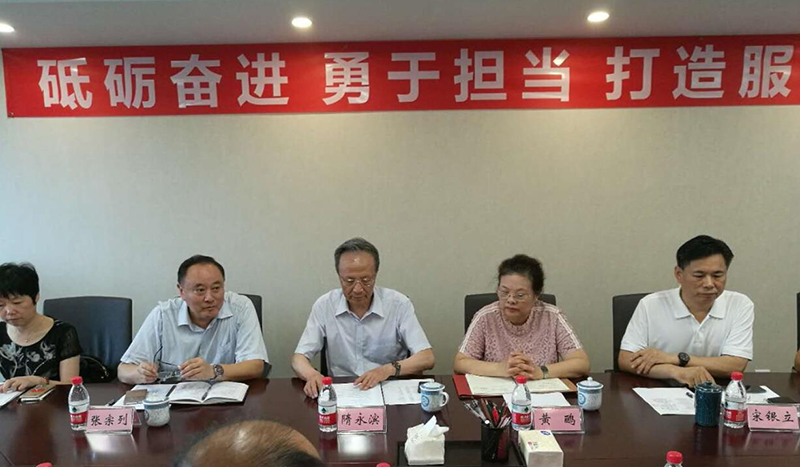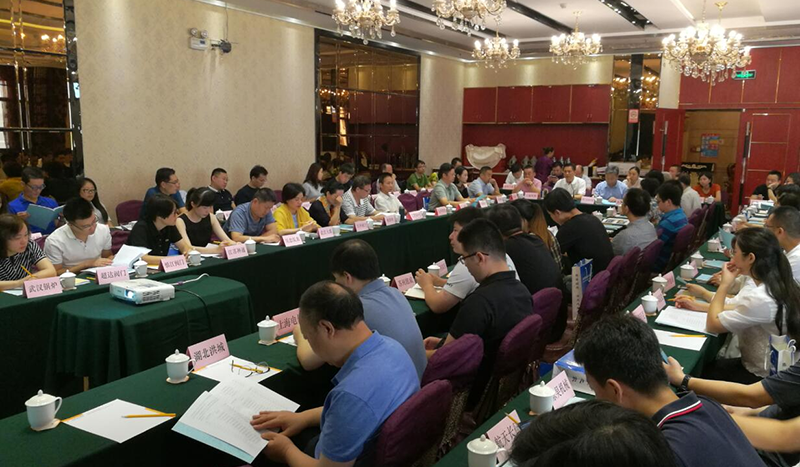PetroChina opens the curtain of natural gas assets integration
Date:2016-06-08 16:35:05 Views:793
Recently, the three major news stories of PetroChina have once again pushed oil and gas reform to the forefront.
According to the announcement of PetroChina, one is to sell the Central Asia Pipeline Company in the same amount of US$15 billion to RMB15.5 billion; the other is to transfer the remaining natural gas reserves of six natural gas storage tanks such as Xinjiang Hutubi to the Petroleum Administration Bureau of CNPC. The third is to integrate Kunlun Gas and Kunlun Energy.
In this regard, the industry expects that PetroChina will also carry out a series of pipeline restructuring and equity transfer, and this small asset transfer is expected to be a small step in the entire plan. Pipe network independence is an important step in the reform of the deep water area.
At the same time, it is necessary to mention that according to the relevant personages of the National Development and Reform Commission, the introduction of a new round of oil and gas reform plans has begun to enter the countdown. The core of the reform is the upstream release and the separation of the pipe network.
Open the natural gas pipeline asset integration curtain
PetroChina’s oil and gas reform has made a big move.
On November 25, PetroChina announced that it approved the internal restructuring of Central Asia Natural Gas Pipeline Co., Ltd. (hereinafter referred to as Zhongya Pipeline Company) by the company's subsidiary, CNPC Exploration and Development Co., Ltd. (hereinafter referred to as CNPC Exploration), and passed the wholly-owned subsidiary of CNPC Exploration. Tianjin Taipu Natural Gas Pipeline Co., Ltd. (hereinafter referred to as Tianjin Taipu) sold 50% of the shares of Zhongya Pipeline Co., Ltd. held by Tianjin Taipu to Guoxin International Investment Co., Ltd. (hereinafter referred to as Guoxin International) after the internal restructuring was completed. Manson Holdings Limited (hereinafter referred to as Manson Holdings).
PetroChina said that the assets of this transaction are 50% of the shares of Central Asia Pipeline Co., Ltd. (excluding the D-line assets of Central Asia Pipeline Company and some cash assets of Central Asia Pipeline Company); the transaction price is about 15 billion yuan - 15.5 billion yuan. The equivalent amount of US dollars; approval to carry out internal restructuring, Guoxin International Investment, shareholding and other related work in accordance with the trading plan in this proposal.
"Although the transaction only involves foreign pipeline assets, PetroChina's small asset transfer is expected to be a small step in the entire plan." Some analysts said that the transfer of the Central Asian natural gas pipeline to Guoxin International may become a national oil and gas pipeline in the future. The parent company of the system. The transfer of assets to Guoxin International may also be a step in the reform of state-owned enterprises.
CICC analyst Guan Bin also believes that PetroChina will further transfer the long-distance pipeline rights in China in the future, thereby obtaining more one-off gains. It is estimated that there will be a transaction before the end of this year. It is expected that the company will carry out a series of pipeline restructuring and equity transfer, and this transaction is only the first step of restructuring.
At the same time, PetroChina also issued a notice saying that with the value of assets assessed at 3.5 billion yuan as a reference, minus the change in equity from the base date of assessment to the date of delivery, the transfer to Xinjiang, the petroleum company of the related party, China Petroleum Group The remaining natural gas reserves of six natural gas storage reservoirs such as the wall.
According to the announcement, the assets transferred to CNPC are mainly composed of six gas storage tanks in Xinjiang Hutubi, Southwest Xiangguo Temple, North China Suqiao, Dagang Bannan, Liaohe Shuang 6, Changqing Shaan 224 natural gas commercial gas storage. Remaining reserves assets.
For the purpose of the transaction, PetroChina said that the company will transfer the remaining natural gas reserves to each of the gas storage entities, and can clarify the assets relationship between the company and CNPC, rationalize the settlement relationship, and recover cash flow in advance.
"Actually, at present, PetroChina's pipeline business is relatively delayed." Liu Zhaohui, an analyst at Zhuo Chuang Information, said that after the divestiture, on the one hand, it can alleviate its financial pressure. This is only a preliminary plan, on the other hand, it can prepare for the later pipe stripping.
At the same time, Chen Yuying, senior analyst of Anxun Natural Gas, said that during the period of low oil prices, this is a way for PetroChina to increase its own profits. From the perspective of national strategy, the independence of the pipe network is an important step in the reform of the deep water area.
The new round of oil and gas reform plan is counted down
Not long ago, Lian Weiliang, deputy director of the National Development and Reform Commission, said that this year, oil and gas reform plans will be released. By the end of the year, a mixed ownership reform plan will be announced, and in areas with high barriers to entry of energy (oil, gas, electricity), State-owned capital launched projects that are in line with industrial policies and are conducive to transformation and upgrading.
With the arrival of the last month of this year, the introduction of the oil and gas reform program has entered a countdown.
According to reports, the new round of oil and gas reform will relax access throughout the industry chain, the core is the upstream release and separation of pipe network.
In May 2014, PetroChina announced that it would transfer 100% of the equity of the Eastern Pipeline Company (including the East Line assets and liabilities of the West-East Gas Pipeline), but as of now, the above transactions have not had any results.
In fact, PetroChina has begun work on the separation of oil and gas pipelines this year.
Wang Dongjin, president of CNPC, revealed at the mid-term results conference this year that the separation of oil and gas pipelines is in line with the general direction of the reform of the oil and gas system industry, and is also one of the key points. The reform will be implemented step by step in combination with the current actual situation of China's oil and gas pipeline network. The goal is to fully realize the independence and marketization of the pipeline.
At the same time, Wang Yilin, chairman of CNPC, also said that the company is preparing for the pipeline separation problem according to the relevant regulations and policies of the National Development and Reform Commission.
"Before the oil and gas reform plan was announced, there was some action. PetroChina did not want to be too passive in this round of reform." Liu Zhaohui also said.
It is worth noting that PetroChina also issued an announcement on the integration of Kunlun Gas and Kunlun Energy. The company's board of directors agreed that the company and Kunlun Energy Co., Ltd. (hereinafter referred to as Kunlun Energy) signed an integration letter of intent. Both parties confirmed that they can take Kunlun Energy to acquire PetroChina Kunlun Gas Co., Ltd. (hereinafter referred to as Kunlun Gas) equity, assets or other means to achieve this integration (the company currently holds 58.33% of Kunlun Energy, holding 100% of Kunlun Gas);
In response, the company's board of directors agreed that the company and Kunlun Energy set up a joint working group to study and formulate specific operational plans for this integration, coordinate the business of Kunlun Energy and Kunlun Gas, and other matters that will help drive the integration.
Chen Yuying said that after the price of natural gas was lowered, PetroChina also had a lot of pressure. The previous business was dispersed in these two companies and integrated to facilitate downstream centralized development. Previous natural gas price reforms focused on supply disruptions, and this year's reforms focused on the demand side. The integration of Kunlun Energy and Kunlun Gas has the effect of 1+1>2 capacity.








